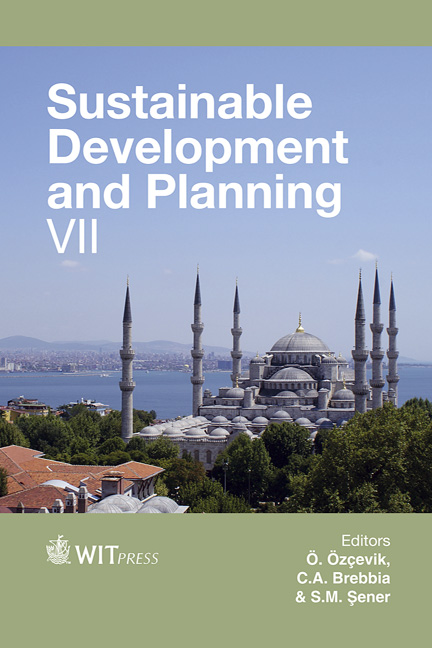Achieving Energy Reduction By Applying Passive Cooling Strategies In A Hot Arid Region: A Case Study Of The UAE
Price
Free (open access)
Transaction
Volume
193
Pages
11
Page Range
1105 - 1115
Published
2015
Size
2,032 kb
Paper DOI
10.2495/SDP150941
Copyright
WIT Press
Author(s)
D. Tachouali, H. Taleb
Abstract
As Dubai is considered one of the world’s fastest growing metropolises, it is important to mention that it was ranked the first for having the highest ecological footprint due to rapid development and environmental consequences.
Passive cooling buildings offer thermal and visual comfort for their inhabitants by interacting with natural resources such as the sun and wind to extend the limit of achieving a comfortable environment without having to use mechanical means like air-conditioning, which also helps in reducing energy consumption and CO2 emissions.
The aim of this study is to investigate the effect of passive cooling strategies on a building project in Dubai at the design stage in order to get the highest efficiency in terms of passive cooling while avoiding overheating conditions. This is done by adopting a simulation study approach using energy simulation software IES (Integrated Environmental Solutions) to evaluate the actual effect of passive cooling strategies on the building.
Once the results for both cases are collected using the IES software, the study will discuss the results of each strategy and compare it with the base case to reach a final conclusion and also show the strategies that have the biggest impact on indoor space temperatures and help reduce total energy consumption.
Keywords
United Arab Emirates, IES, passive cooling, aquaponics, green walls, cross ventilation, innovative strategies, double skin facade





